Austrian architect and designer Josef Franz Maria Hoffmann was important in the early development of Modern Architecture in Europe. He possessed an unmistakable minimal style and pioneered the Arts and Crafts movement of the 1900s.
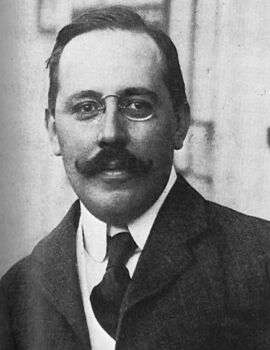
Image source: https://it.wikipedia.org
About His Life
Together with Gustav Klimt and Koloman Moser, Hoffman led the way for the Vienna Secession, which was a movement aimed to move away from Historicism. The ideals of the Vienna Secession eventually led Hoffmann to found the Wiener Werkstätte in 1903.
Using Gesamtkunstwerk (meaning the total work of art) as a mission statement, the Wiener Werkstätte sought to incorporate all elements of life into a single cohesive composition, unifying the architecture and interior design.

Image source: https://search.creativecommons.org/photos/0273a087-8655-45d4-ab5f-6a08cab2585c by bianca.maggio
About His Style
From architecture to product design, he was the art director of many influential projects of the modern movement. Hoffmann’s particular style and preference for clear lines are evident in all of Wiener Werkstätte‘s designs from the early 1900s, which emphasized the use of simple shapes such as squares and circles. With his sophisticated austerity, Josef Hoffmann quickly became Vienna’s most popular architect, incorporating a revolutionary minimalist style and ditching the floral embellishments and frills of the then-popular Art Nouveau.
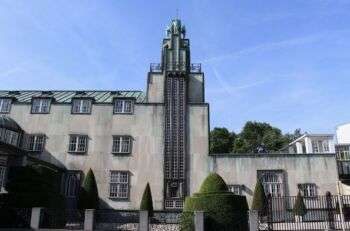
Image source: https://search.creativecommons.org/photos/16918d3c-c697-48ff-a56f-48e2e729f392 by corno.fulgur75
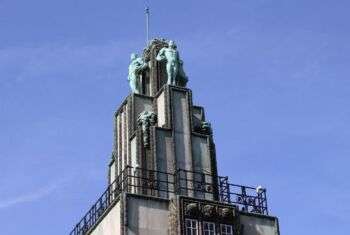
Image source: https://search.creativecommons.org/photos/6b2a576c-baba-46bc-8339-25daaed1d441 by corno.fulgur75
His Major Architecture Works
- Stoclet House: The masterpiece built between 1905 and 1911 for the financier and art dealer Adolphe Stoclet in Avenue de Tervueren / Tervurenlaan in Brussels, Belgium.
- Sanatorium Purkersdorf: It was the first great work of Hoffmann that he built on the outskirts of Vienna. Additionally, the structure was a big step towards abstraction and an escape from traditional arts and crafts and historicism. It served as an important precedent and source of inspiration for modern 20th century architecture. Further, it had the clarity, simplicity, and logic that Neue Sachlichkeit predicted.
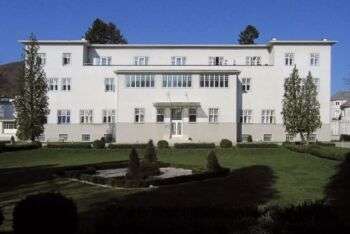
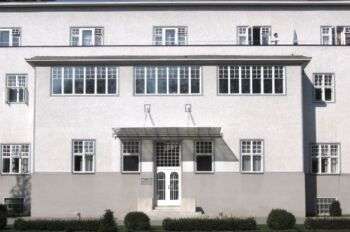
Images source: https://en.wikipedia.org/wiki/Sanatorium_Purkersdorf#/media/File:Sanatoriumpurkersdorf1-2.JPG
- Palais Stoclet: Hoffmann was commissioned to build in Brussels from 1905 to 1911. Stoclet House is a masterpiece of Secession Style and an example of Gesamtkunstwerk, replete with murals in the dining room by Klimt and four copper figures on the tower by Franz Metzner.
- Austrian pavilions:Hoffmann designed these for the 1914 Deutscher Werkbund Exhibition in Cologne and the 1934 Venice Biennale. Then in 1920, he was appointed city architect of Vienna, and in 1924 and 1925 he carried out various housing projects for the city.
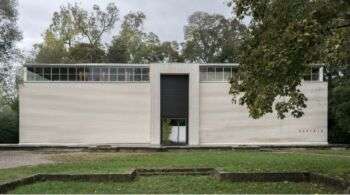
Image source: https://search.creativecommons.org/photos/37af5bbd-2ad2-4e65-b4ea-6adbb9bee246 by Thomas Ledl
Hoffmann also created furniture and other home commodities, where were handcrafted and mass-produced.
His Major Furniture Works
- Highback Chair (1904)
- Purkersdorf Poltrona (1904)
- Sitzmaschine Poltrona (1905)
- Kunstschau Poltrona (1905)
- Palazzo Stoclet Poltrona (1905-1910)
- Fledermaus Chair (1907)
- Siebenkugelstuhl Chair (1908)
- Armloffel Chair (1908)
- Kubus Poltrona (1910)
- Club Poltrona (1910)
- Haus Koller Chair (1911)
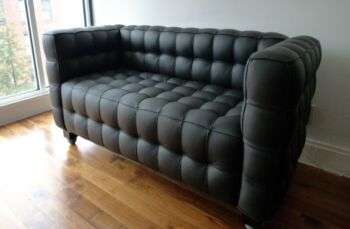
Image source: https://search.creativecommons.org/photos/d3abdcc7-bd4b-4e37-a7c0-b74a792f5fc8 by Wikidapit
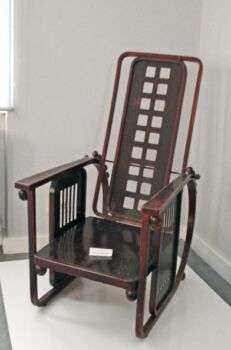
Image source: https://search.creativecommons.org/photos/44e82ce5-3b61-4ecd-955d-64819d2303cc by dalbera

Image source: https://www.masterart.com/artworks/4315/josef-hoffmann-high-back-chair
Info sources:
